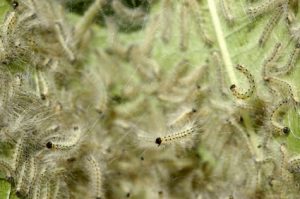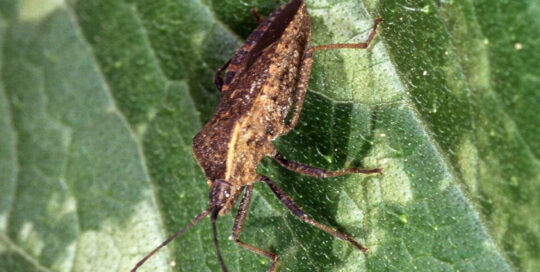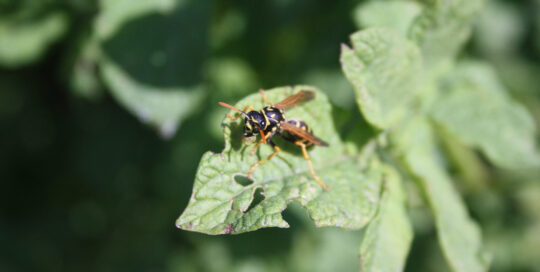Dealing with Early Spring Pests
Views: 4926

Happy first day of spring! This has to be one of my favorite days of the year, although the weather doesn’t always hold up to the ideal of the season. I think it’s rather funny that there are a number of posts on Facebook calling the groundhog a fraud for predicting an early spring, and I can see why some people are upset. There’s a lot of nasty weather happening all over the country this week. Our high tomorrow is 29 degrees, which is colder than normal, even for us in the land of perpetual winter. For the others who aren’t used to it, the one hope is that this late cold snap might help knock back some of the early spring pests.
Dealing With Early Spring Pests
Some of you lucky gardeners in the south are already in full swing. But this means staying on top of pests is also part of the picture. Early spring pests can sometimes be overlooked, but it’s best to stay on top of them so they turn the beginning of the season into a big disappointment.
Slugs
A problem for a whole lot of people are slugs. They come out at night, and they really do a number on the tender seedlings.
In areas where they are particularly prolific it’s important to watch how you mulch, because you’re giving them ample places to hide. Sprinkle plants with diatomaceous earth to dispatch any slugs that are silly enough to crawl through the microscopically sharp powder.
Another nifty trick I recently learned is to place sections of cardboard along the path or near the plants. At first I thought it would be the wrong thing to do since it would be an ideal hiding spot, but that’s when I was told that was the purpose. They congregate under the cardboard so you can find them in one spot, and salt them down (or scoop them up). It’s basically a slug trap. A similar action is recommended for earwigs out in our area, and it works because they do like the flat rocks or sheets of cardboard because it’s cool and moist.
Eastern Tent Caterpillar
At this time of the year, folks back east need to keep an eye out for the Eastern Tent Caterpillar. They like cherry trees, as well as apple, pear, plum and a bunch of other desirable species.
They’re very common, and have the capacity to defoliate a tree. The best way to inhibit an infestation is to cut out the twigs laden with eggs in the fall, but if you missed that particular task last season you now have to deal with the fuzzy minions.
They’re out during the day chewing on tender leaves, and head back to the “tent” in the evening or when the weather is crummy. The safest means of spraying them is to use a Bt (Bacillus thuringiensis) product. This works the best in the early part of the season when the caterpillars are still fairly small. If they are out of control, you can use Sevin, which will have a longer lasting result. Although spraying thoroughly is important, don’t break your neck trying to reach the tops of the tree. Spray what you can safely reach, and you’ll gain a handle on them.
Kudzu Bug
One pest of the Georgia and South Carolina that comes out at this time of year is the kudzu bug. It’s similar to the stink bug that plagues people towards the end of the summer when they congregate on homes.
These olive green bugs are shaped more like a ladybug than a stink bug, but they cling to the exterior of homes, and sometimes find their way indoors. As you can imagine, anything with the word “kudzu” in it, isn’t a good thing. It’s a non-native invasive species that first made an appearance in 2009, and on a good note, it does feed on kudzu.
Unfortunately, they also like green beans so keep an eye out for them during the summer. If they’re bothersome, you can hose them off of the house or vacuum them if they’re close enough. There are also effective pesticides you can spray on the exterior of the house.
Obviously, don’t use the pesticide inside the home, and avoid crushing the bug because this beetle will emit a foul odor. Vacuum them up if they are inside. And be ready because they’ll probably be back in the fall.
I used a photo of tent caterpillars is copyright jfberge from istock. See how many are on one leaf? This is why they can do so much damage in short order.
Meet Amy Grisak
Amy is a freelance author and photographer in Great Falls, MT who specializes in gardening, foods, and sustainable agriculture. She provides information on every kind…
Amy's Recent Posts

Squish Squash Bugs Before They’re a Problem








